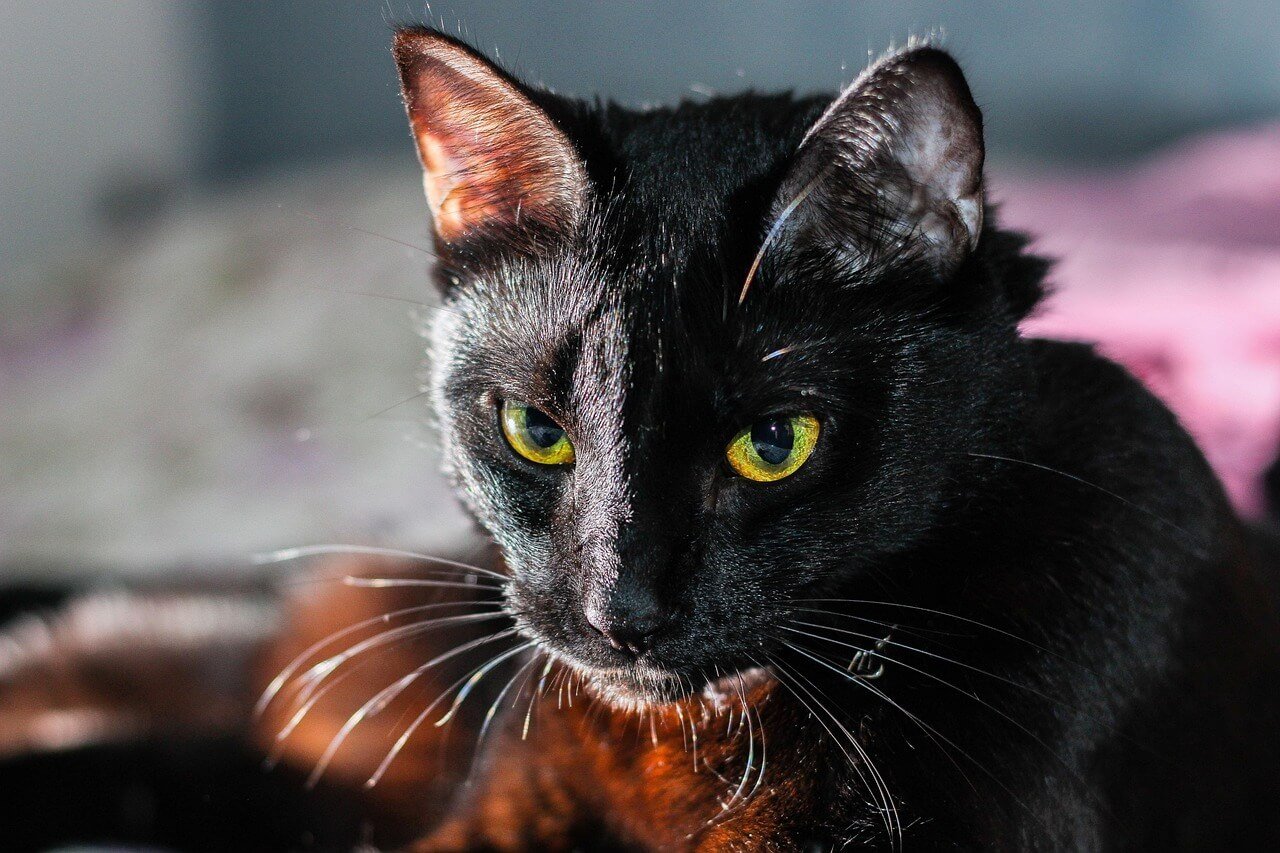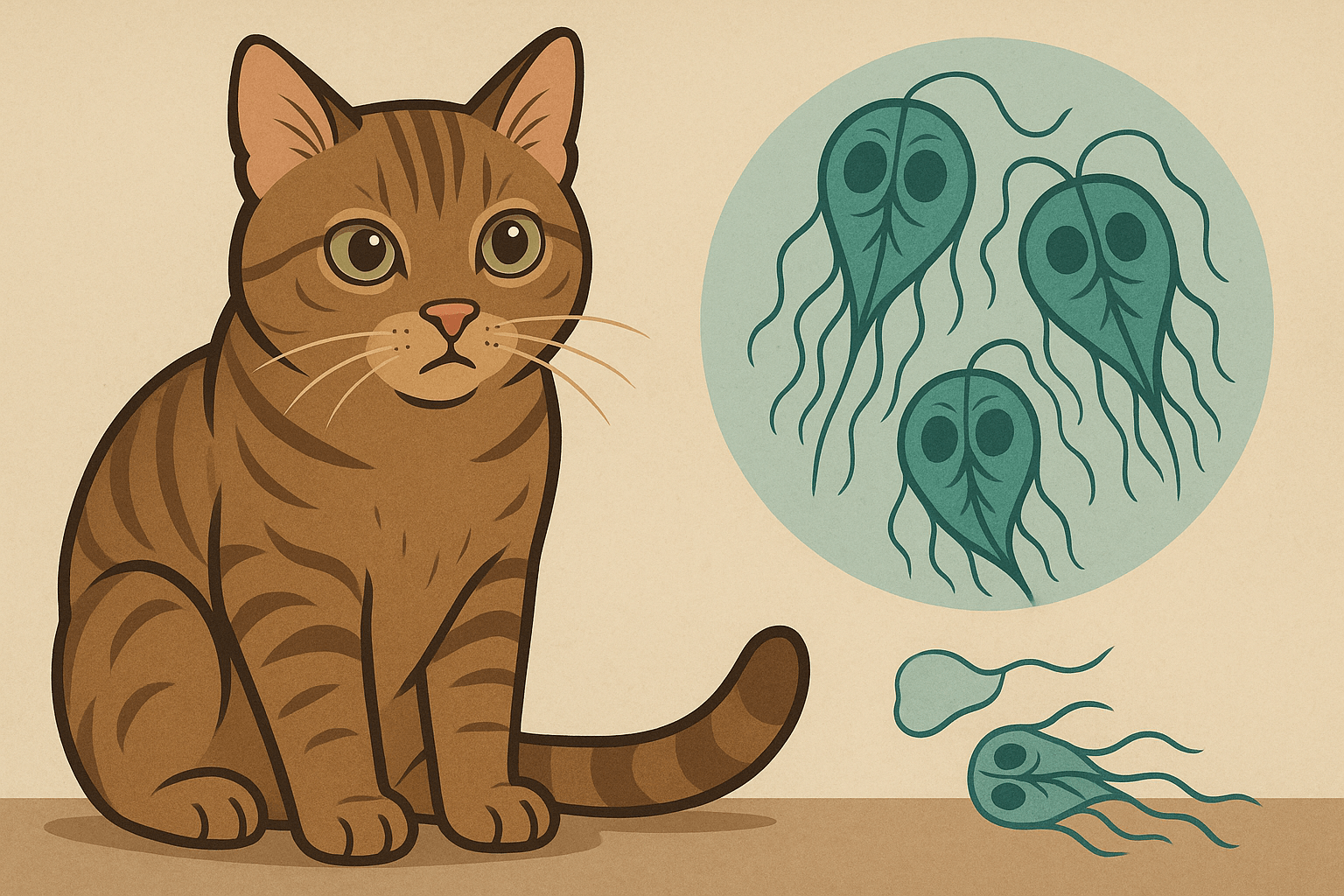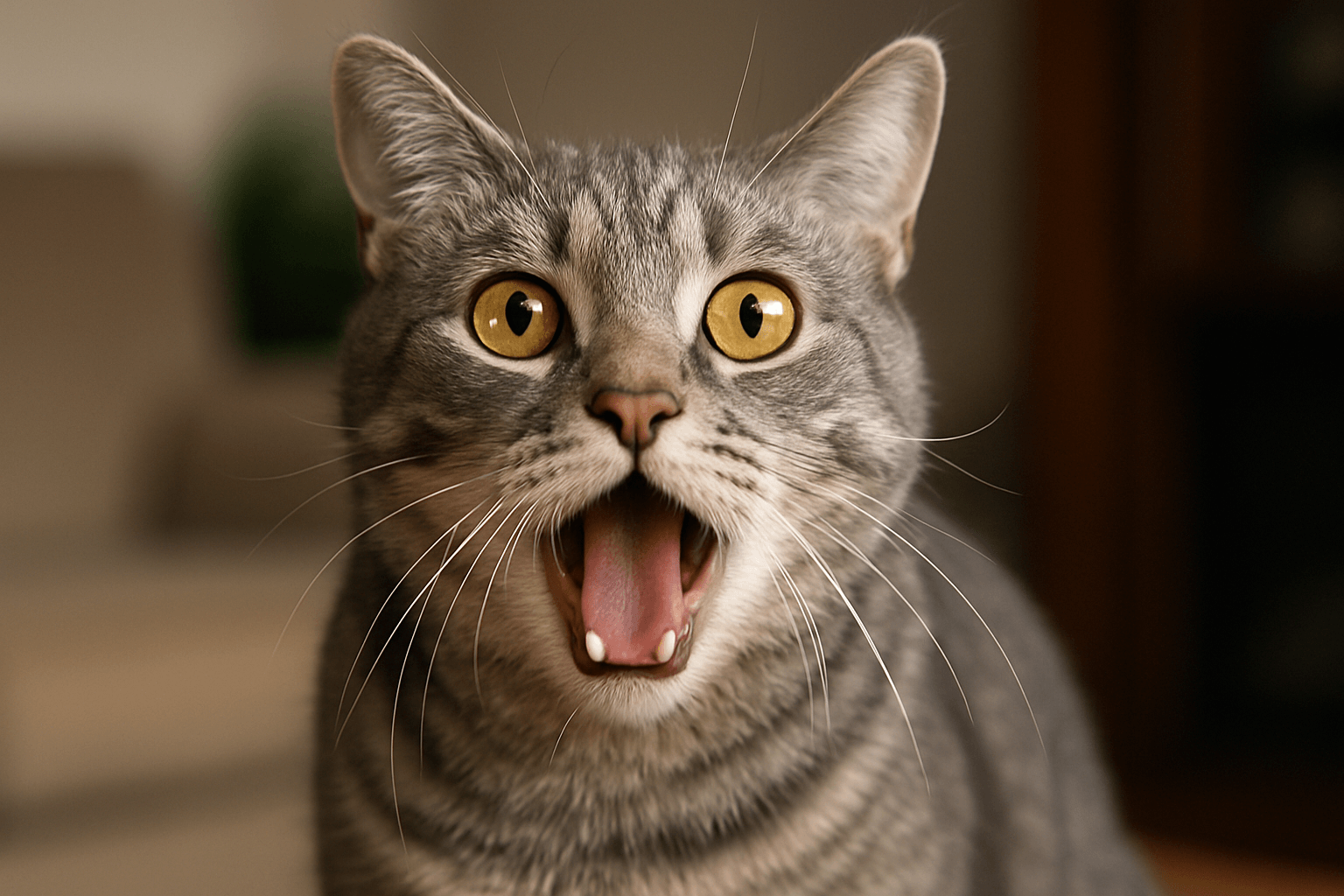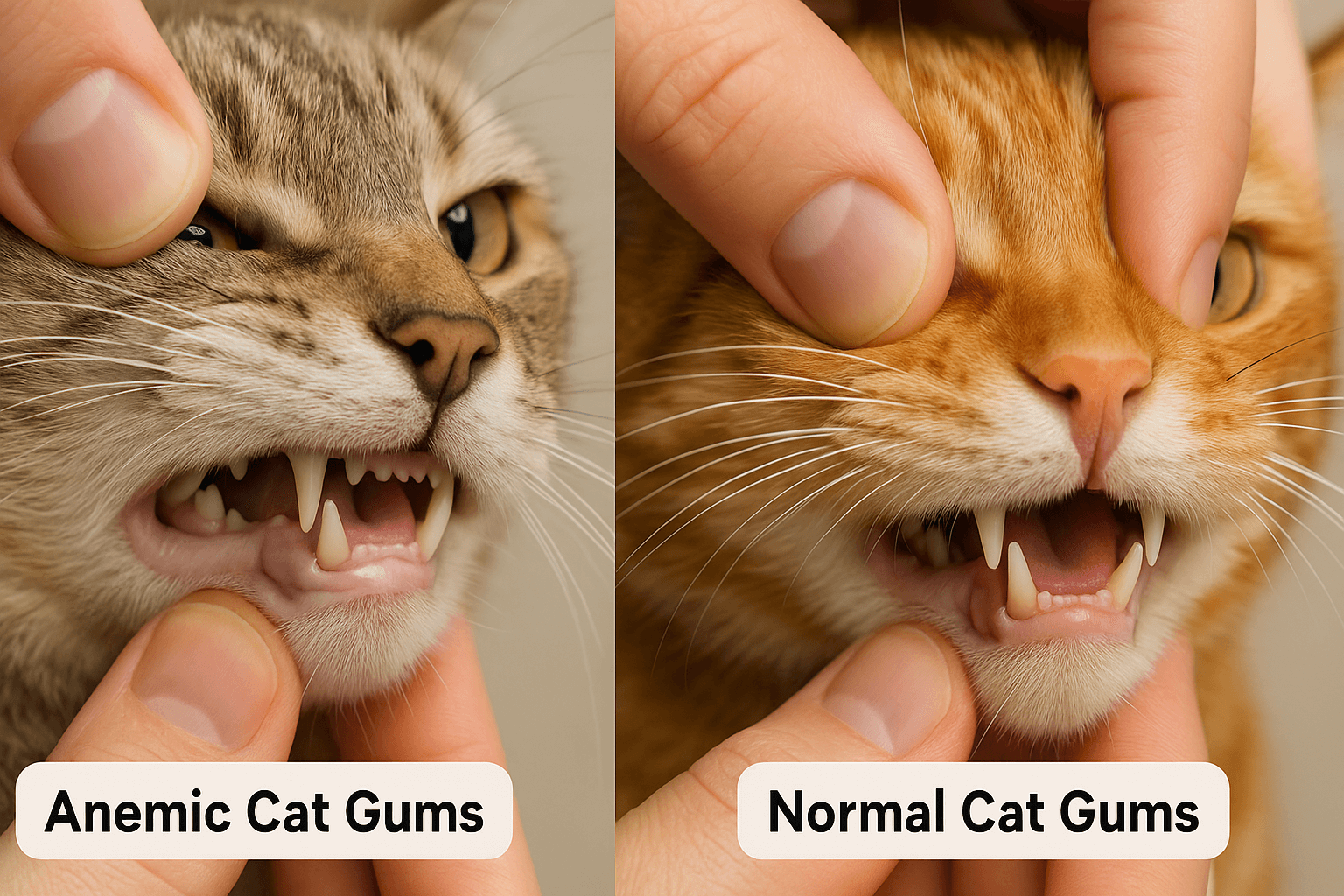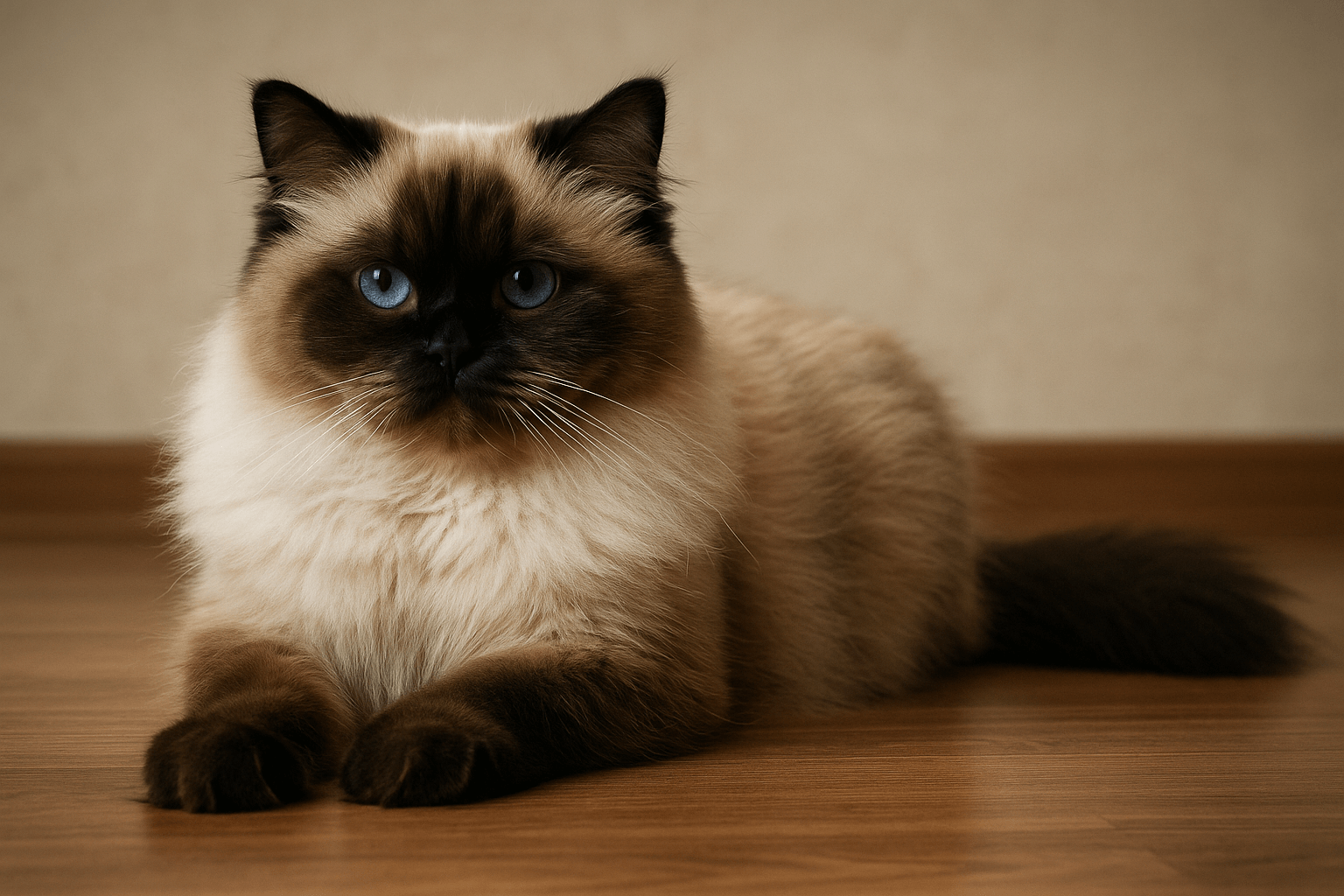Does Cat Pee Kill Plants?
Cat owners often wonder whether their furry friend’s bathroom habits might be harming the plants in their home or garden. While cats are adorable companions, their urine can sometimes spell trouble for greenery. The question arises: does cat pee kill plants, or is it simply a harmless inconvenience? Understanding the science behind cat urine and its effects on plants can help you protect your beloved flora while keeping your feline happy. In this blog post, we’ll explore the impact of cat urine on plants, how to prevent damage, and what to do if your plants have already been affected. Let’s dig into the details!
How Cat Urine Affects Plants
Cat urine contains compounds that can harm plants if left untreated. Its high concentration of nitrogen, salts, and other chemicals can disrupt a plant’s natural processes, leading to visible damage over time. Here’s how cat pee impacts different aspects of plant health.
Nitrogen Overload:
While nitrogen is essential for plant growth, excessive amounts from cat urine can overwhelm the soil, causing “fertilizer burn” and yellowing leaves.Salt Buildup in Soil:
The salts in cat urine can accumulate in the soil, preventing roots from absorbing water and nutrients effectively.Root Damage:
Prolonged exposure to cat urine can weaken or even kill a plant’s root system, making it difficult for the plant to survive.Leaf Scorching:
Direct contact with cat urine on leaves can cause browning or scorching due to the acidity and chemical composition of the urine.Soil pH Imbalance:
Cat urine can alter the pH levels of the soil, creating an environment that is inhospitable for certain plants.
Understanding these effects highlights why it’s important to address cat urine promptly to prevent long-term harm to your plants.
Signs Your Plants Are Suffering from Cat Urine Exposure
If you suspect your plants have been exposed to cat urine, look for these telltale signs of damage. Early detection can help you take corrective measures before it’s too late.
Yellowing Leaves:
One of the first signs of fertilizer burn caused by excess nitrogen is the yellowing or wilting of leaves.Brown Spots or Edges:
Leaves may develop brown spots or crispy edges as a result of leaf scorching from direct urine contact.Stunted Growth:
Plants exposed to cat urine may exhibit slowed or stunted growth due to nutrient deficiencies caused by salt buildup.Wilting Despite Watering:
If your plant looks wilted even after proper watering, it could indicate root damage from prolonged urine exposure.Unpleasant Odor Near the Plant:
A strong ammonia-like smell near the base of the plant may signal that cat urine has soaked into the soil.
Recognizing these symptoms early allows you to intervene and restore your plant’s health before irreversible damage occurs.
Check this guide 👉Understanding Alkalinity in Cat Urine: Best 7 Expert Tips!
Check this guide 👉Cat Urine High pH: Best 7 Expert Tips!
Check this guide 👉Symptoms of Ammonia Poisoning from Cat Urine: Best 7 Tips!
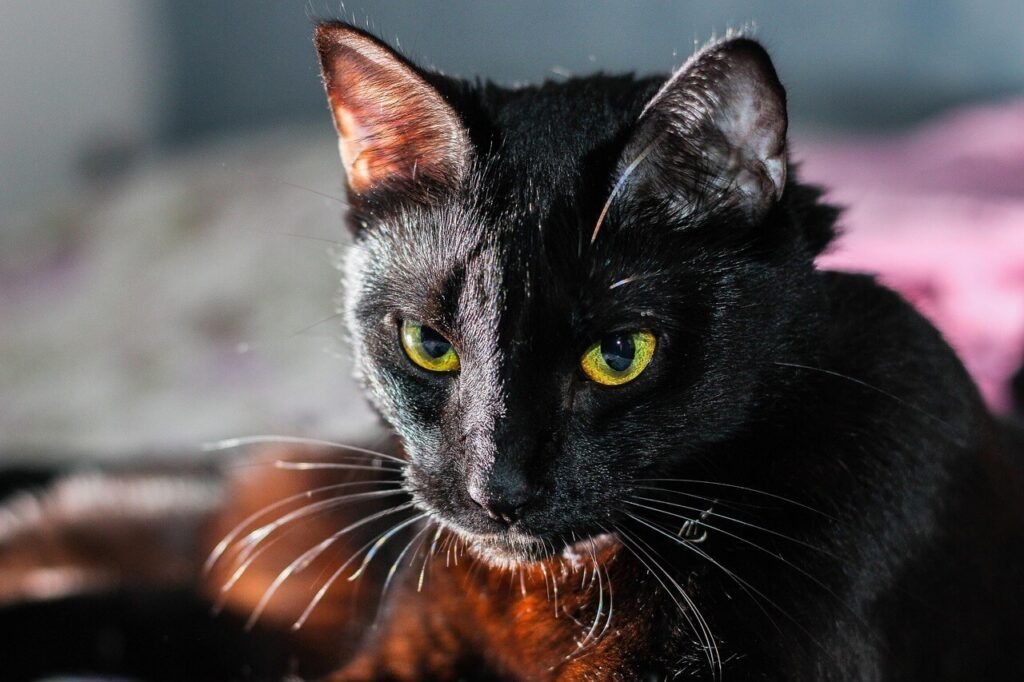
Effects of Cat Urine on Plants | Preventive Measures to Protect Plants |
|---|---|
Nitrogen overload leading to leaf burn | Place barriers like chicken wire around plants |
Salt accumulation harming root systems | Use deterrent sprays to keep cats away |
Soil pH imbalance affecting growth | Provide designated litter areas for cats |
Leaf scorching from direct contact | Regularly clean outdoor plant areas |
Root damage causing plant death | Monitor plants frequently for signs of distress |
How to Prevent Cats from Urinating on Your Plants
Prevention is key to protecting your plants from cat urine. Implementing strategies to deter cats can save your greenery from potential harm.
Install Physical Barriers:
Surround your plants with chicken wire, netting, or decorative fencing to make them less accessible to curious cats.Use Natural Deterrents:
Sprinkle citrus peels, coffee grounds, or vinegar around your plants—cats dislike these scents and will avoid the area.Provide Alternative Spots:
Designate specific areas in your yard or home where cats can relieve themselves, such as a sandbox filled with sand or dirt.Apply Commercial Repellents:
Pet-safe repellent sprays designed to deter cats can be applied to the soil without harming your plants.Encourage Positive Behavior:
Reward your cat for using appropriate bathroom areas instead of punishing them for accidents.
By taking proactive steps, you can minimize the risk of your plants becoming casualties of feline mischief.
What to Do If Your Plants Have Been Damaged by Cat Urine
If your plants have already suffered from cat urine exposure, don’t panic—there are ways to rehabilitate them. Follow these steps to give your plants a fighting chance at recovery.
Flush the Soil Thoroughly:
Water the affected area generously to dilute and flush out excess salts and nitrogen from the soil.Trim Damaged Leaves:
Remove any severely damaged leaves to encourage new growth and redirect energy to healthy parts of the plant.Repot the Plant (if necessary):
For severe cases, consider repotting the plant in fresh soil to eliminate lingering contaminants.Monitor Soil pH Levels:
Test the soil’s pH and amend it if needed to restore balance and create a healthier growing environment.Reapply Fertilizer Carefully:
Once the plant has recovered, apply a balanced fertilizer sparingly to replenish lost nutrients.
With patience and care, many plants can bounce back from cat urine exposure and thrive once again.
Long-Term Strategies for Protecting Outdoor Plants
For gardeners dealing with outdoor cats, long-term strategies are essential to safeguarding plants from repeated urine exposure. These solutions focus on deterring cats while maintaining a beautiful garden.
Create Raised Garden Beds:
Elevating your plants makes them harder for cats to access while adding visual appeal to your garden.Plant Hardy Varieties:
Choose robust plants that are more resistant to stress from environmental factors, including cat urine.Incorporate Thorny Shrubs:
Plant thorny shrubs or bushes around vulnerable areas to discourage cats from entering.Use Motion-Activated Sprinklers:
Install sprinklers that activate when movement is detected, gently scaring cats away without harming them.Maintain Cleanliness:
Regularly remove waste and debris from your garden to reduce its appeal as a bathroom spot for cats.
Implementing these strategies ensures your outdoor space remains cat-free and flourishing.
Indoor Solutions for Curbing Unwanted Behavior
Indoor cats may target houseplants for various reasons, but addressing the root cause can curb unwanted behaviors. Here’s how to manage this issue effectively.
Address Boredom or Stress:
Provide toys, scratching posts, and interactive playtime to keep your cat mentally stimulated and engaged.Offer Safe Alternatives:
Place cat grass or wheatgrass near your plants to give your cat something safe to nibble or sniff.Block Access Temporarily:
Use plant stands, shelves, or hanging baskets to elevate your plants out of reach until the behavior subsides.Clean Thoroughly After Accidents:
Use enzymatic cleaners to remove urine odors completely, preventing cats from returning to the same spot.Consult a Veterinarian:
If marking behavior persists, consult a vet to rule out medical issues or behavioral disorders.
By tackling the underlying causes, you can redirect your cat’s attention away from your cherished houseplants.
Common Misconceptions About Cat Urine and Plants
There are several misconceptions about how cat urine interacts with plants. Clarifying these myths helps you make informed decisions about plant care.
Myth: All Plants Will Die from Cat Urine:
Fact: While some plants may struggle, others are more resilient and can recover with proper care.Myth: Watering Dilutes Urine Completely:
Fact: While watering helps, it doesn’t always fully neutralize the chemical imbalances caused by urine.Myth: Only Outdoor Plants Are Affected:
Fact: Houseplants are equally vulnerable, especially if cats view them as convenient targets.Myth: Cat Urine Is Always Visible on Plants:
Fact: Damage may occur beneath the surface, making regular monitoring crucial for early detection.Myth: Prevention Isn’t Possible:
Fact: With the right tools and techniques, you can successfully deter cats and protect your plants.
Dispelling these myths empowers you to take effective action against cat urine damage.
Frequently Asked Questions About Cat Urine and Plants
Can I use baking soda to neutralize cat urine in soil?
Yes, baking soda can help absorb odors and reduce acidity, but it should be used sparingly to avoid altering soil chemistry too drastically.
Will all plants die if exposed to cat urine?
Not necessarily—some hardy plants may tolerate occasional exposure better than delicate ones.
How can I stop my indoor cat from peeing on my houseplants?
Provide a litter box nearby, use deterrent sprays, and ensure your cat feels secure and stimulated indoors.
Is cat urine harmful to humans handling affected plants?
While not typically dangerous, cat urine can carry bacteria; always wear gloves when cleaning contaminated soil.
Should I replace the soil if my plant is severely damaged?
Yes, replacing the soil ensures no residual chemicals remain that could continue harming the plant.
Balancing Cats and Plants in Your Home or Garden
Cats and plants can coexist harmoniously with a little effort and planning. By understanding how cat urine affects plants and implementing preventive measures, you can protect your greenery while ensuring your feline companion remains happy and healthy. Whether through barriers, deterrents, or quick interventions, there are plenty of ways to mitigate the risks posed by cat urine. With patience and creativity, you can create a space where both your plants and your pets thrive side by side.
Giardia in Cats: Best 7 Expert Tips! Discover expert advice on identifying, treating, and preventing giardia in cats to ensure your feline stays happy and healthy.
Cat Hyperventilating: Best 7 Expert Tips! Discover signs, causes, and solutions for cat hyperventilation. Learn how to calm your cat and when to seek veterinary care for their breathing issues.
Anemic Cat Gums vs Normal: Best 7 Expert Tips! Learn to spot signs of anemia in cats, understand gum health, and ensure your feline stays happy and healthy with expert advice.
Himalayan Cat Size: Best 7 Expert Tips! Discover expert advice on Himalayan cat size, growth factors, care tips, and how to ensure your feline stays healthy and happy.

